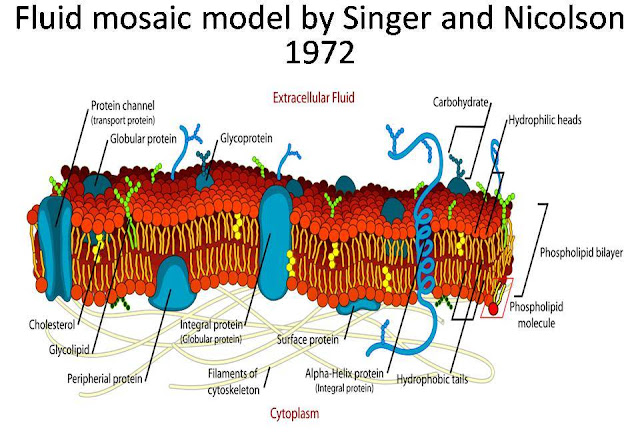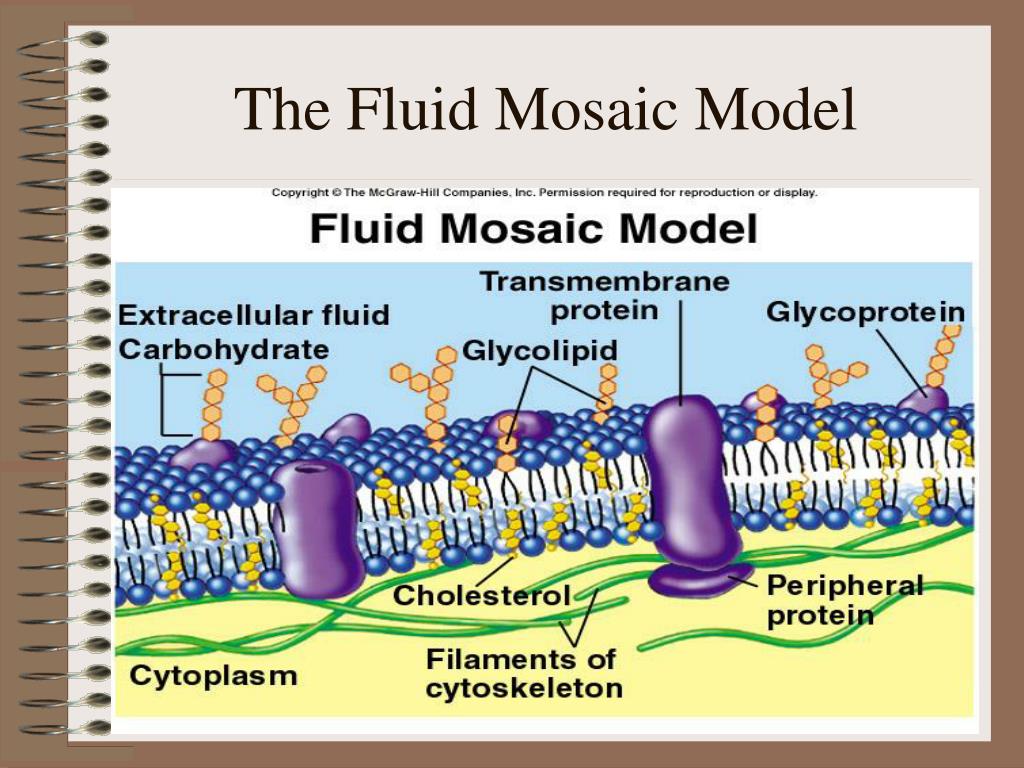

The fluidity is important for a number of membrane functions. It is due to the hydrophobic interactions of lipids and proteins. The lipid matrix of the membrane has a fluidity that permits the membrane components to move laterally. The intrinsic protein is insoluble and is partially embedded either on the outer surface or on the inner surface of the bilayer and takes part in lateral diffusion in the lipid bilayer.

The extrinsic protein is soluble and it dissociates from the membrane. The globular proteins are of two types: extrinsic and intrinsic proteins. Structure of Fluid Mosaic Model / Mosaic Model of Membrane StructureĪccording to the fluid mosaic model of the cell membrane, it has a quasi fluid structure in which lipids and proteins are arranged in a mosaic manner. The mitochondrial inner membrane has 76% of protein and 24% of lipid.

For example, myelin constitutes 18% of protein and 76% of lipid. The proportions of proteins, lipids, and carbohydrates in the plasma membrane are different from cell types. Plasma membranes range from 5 -10 nm in thickness. The mosaic model of membrane structure describes the structure of the plasma membrane as a mosaic of components including phospholipids, proteins, carbohydrates, cholesterol, and proteins that gives the membrane a fluid character. The model has evolved, but it still accurately summarizes the structure and functions of the plasma membrane. The fluid mosaic model of cell membrane was first proposed by S.J. There are restrictions to lateral movements, and subdomains within the cell membrane have distinct functions. It describes the structure of cell membranes where a flexible lipid layer is spread with large protein molecules that act as channels through which other molecules enter and exit any cell.Īccording to this model, the components of a membrane such as proteins or glycolipids, form a mobile mosaic in the fluid-like environment created by a sea of phospholipids. It acts as a gate allowing transport into the cell of essential nutrients and movement from the cell of waste products. It acts as a barrier keeping the constituents of the cell in and unwanted substances out. Hence, the cell membrane has two functions: Outside the cell are nutrients that the cell must absorb to live and grow as well as ions, acids, and alkalis that are toxic to the cell. Within the cell are its components, often large, water-soluble, highly charged molecules such as nucleic acids, proteins, carbohydrates, and substances that are involved in cellular metabolism. It delimits the cell from the environment around it.

Cell membrane which is also called the plasma membrane is a thin membrane that surrounds every living cell.


 0 kommentar(er)
0 kommentar(er)
